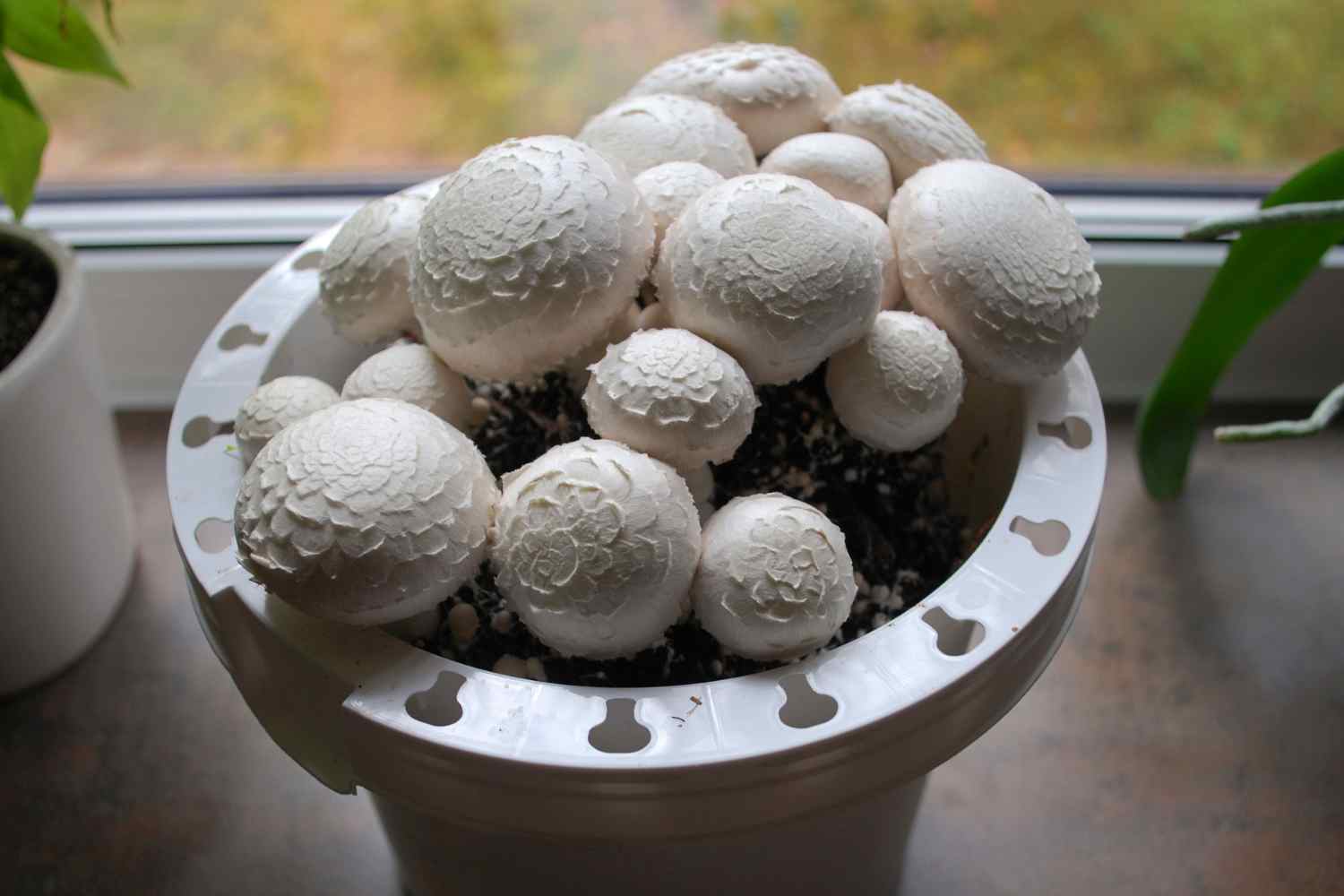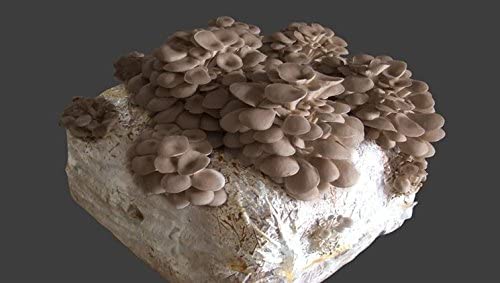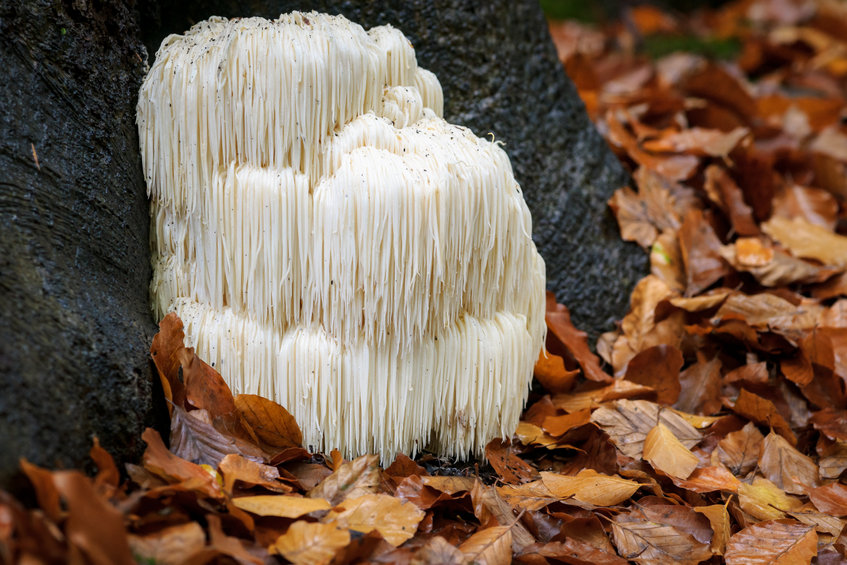Which mushrooms are the best and easiest to grow at home? Things to know to have a free supply of genuine, zero-mile mushrooms

Table of contents
Mysterious, fascinating, and delicious: mushrooms are neither plants nor animals, but something entirely different. Perhaps that’s exactly why they captivate us so much — and why more and more people are trying to grow them at home.
Mushrooms are perhaps the most peculiar food we eat. They belong neither to the plant kingdom nor to the animal world. And it’s precisely their uniqueness as a species that makes them challenging to cultivate. In nature, there are hundreds of different species, each varying in shape, color, flavor, and texture. Replicating the natural habitat of mushrooms in a controlled environment is extremely difficult because their survival depends on the delicate balance established among living beings, between plants and animals. The inert and decomposing matter from these two elements becomes the ideal substrate for their growth.
How to start growing mushrooms at home

Growing mushrooms at home isn’t complicated, but it requires consistency and attention to detail. The first step is choosing the most suitable method: beginners can rely on ready-made kits, already complete with substrate and spores, which greatly simplify the process. Those who want to experiment can create the ideal base themselves using sawdust, wood chips or, alternatively, coffee grounds, an organic material perfect for mycelium growth.
The environment plays a fundamental role: mushrooms love humidity and shade, so it’s important to place them in a sheltered area, away from direct sunlight and with a constant temperature around 68°F (20°C). A light daily misting helps maintain the right humidity level and stimulates growth.
After a couple of weeks, if conditions are favorable, the substrate will begin to “come alive”: the first small white buds will appear, a sign that the mushrooms are taking shape. From that moment, all that’s needed is a bit of patience and care until harvest time, when the cap has reached the typical size and consistency of the chosen variety.
Beyond the satisfaction of watching them grow, cultivating mushrooms at home is a surprising experience: it’s economical, sustainable, and allows you to rediscover the natural rhythm of the earth, even within the walls of an apartment.
Which mushrooms to grow
There are really very few varieties of cultivable mushrooms, and the success of such cultivation is linked to the substrate on which the mushroom develops. Wood is the perfect base par excellence, whether alive or decomposing. But also wood chips, sawdust, coffee grounds, and a few other organic materials.
Undertaking mushroom cultivation at home can be a very fun and stimulating adventure; moreover, it’s done in all those shaded and humid areas of gardens and homes where any other species would suffer.
Shiitake

Novices to this field have learned about them by watching cooking shows on TV. They are a variety of mushrooms highly appreciated and used especially in Asian cuisine but now widely introduced in the West as well. They are grown on logs and their development requires patience, experience, and attention. In the medical field, this mushroom appears to be studied for its anticancer properties.
Oyster mushroom

It takes its name from the prized mollusk mainly thanks to its appearance, but the flavor also recalls fish while remaining very delicate. It’s particularly appreciated because it’s available even in winter when other varieties aren’t. It grows well on both logs and sawdust and coffee grounds. There are various oyster mushroom growing kits available commercially.
Chicken of the woods
This mushroom is certainly less common and less known, but unlike the oyster mushroom, it owes its name precisely to its flavor and texture, which closely resembles chicken. It can be easily grown in the garden on both living and dead wood.
Lion’s mane

@fotografiecor/123rf.com
Difficult to cultivate, lion’s mane (Hericium erinaceus) nevertheless repays the efforts invested by providing massive production when successful. Scientists are currently studying it to formulate medicines against Alzheimer’s; it appears that its compounds positively affect memory capabilities. Thanks to its particular taste, it’s often compared to lobster.
Button mushrooms (Champignon)

Among the most used in cooking and the most widespread on supermarket shelves, it owes its fame and use to simple cultivation that also significantly reduces costs. Its delicate taste makes it particularly versatile, and this combination absolutely decrees its success. For those who want to have fun undertaking mushroom cultivation at home, it’s recommended to start precisely with button mushrooms. Simple kits are available commercially to start production, an interesting activity even for educational purposes.
